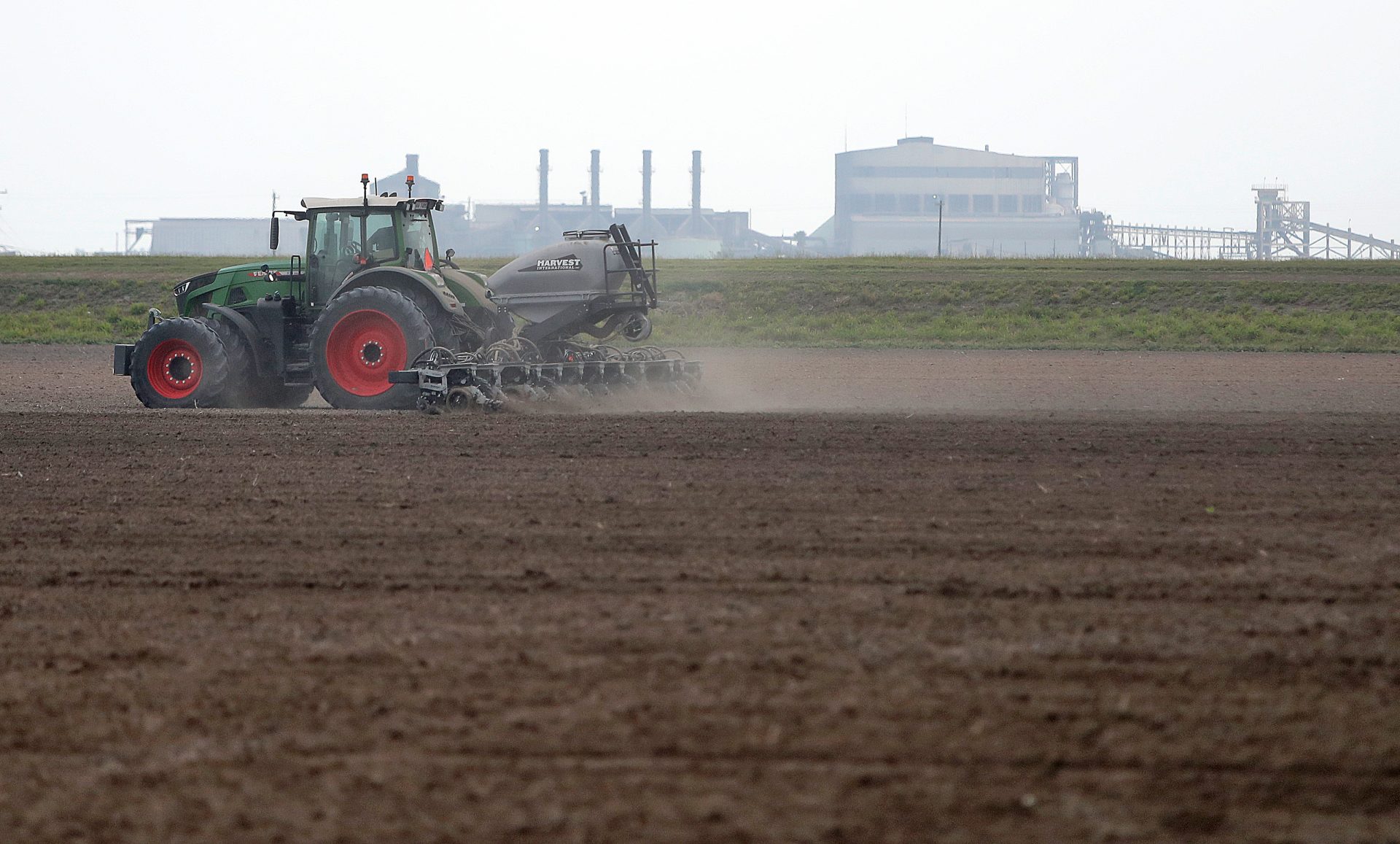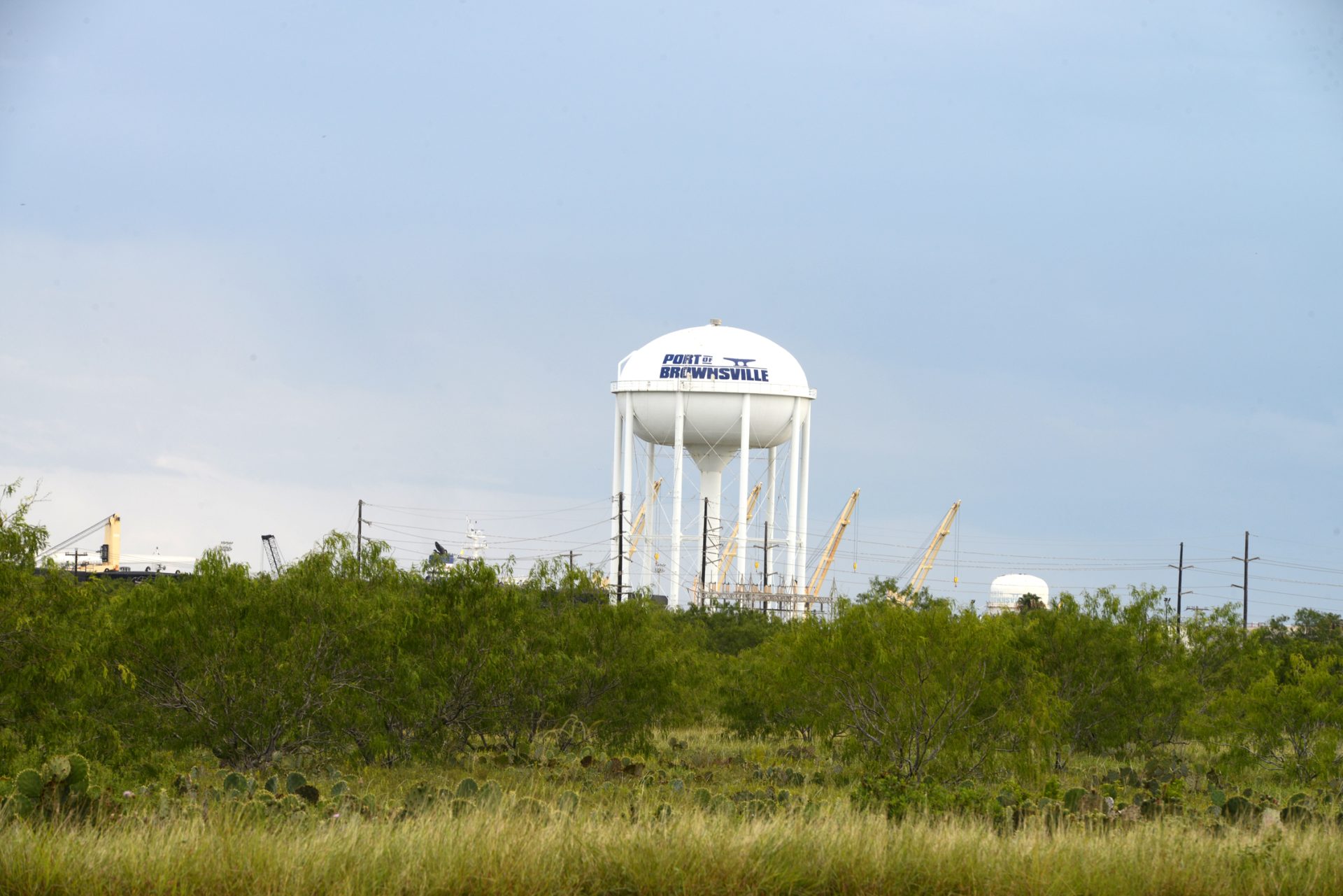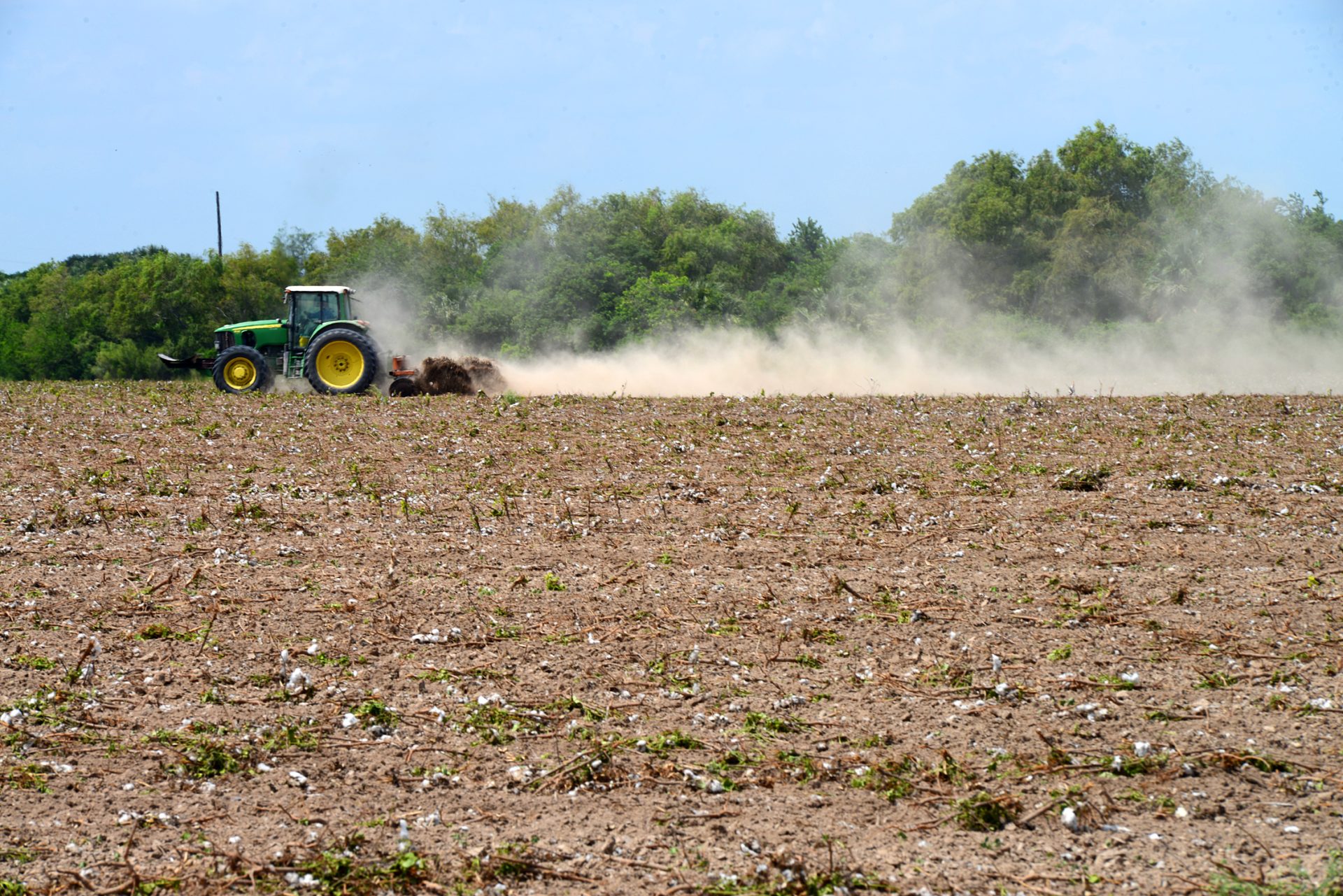|
Only have a minute? Listen instead
Getting your Trinity Audio player ready...
|
Even with recent developments in retail, finance and aerospace, agriculture remains the biggest part of the Rio Grande Valley’s economy, and three crops have dominated our agriculture market: citrus, cotton and sugar cane.
One of those three major crops is now gone, and the other two could be at risk.
The Valley’s sugar growers, who have contributed up to $100 million per year to the area economy, announced in February that the most recent harvest was their last. Increasingly hot, dry conditions coupled with insufficient water they can draw from the Rio Grande for irrigation made the crop unsustainable.

Some observers and officials warn that the same conditions threaten our citrus industry.
And reports published last week noted that due to falling demand for cotton, production of that crop has fallen to scarcely more than one-tenth of what it once was.
The growing fragility of those crops, and of Valley agriculture in general, make diversification of the South Texas economy more important than ever.
To be sure, elements of the economy have improved in recent years. Many national retail and restaurant chains, once absent from the Valley, seem to have realized in recent years that despite local counties’ listing among those with the lowest incomes, highest welfare rates and most deprived in terms of health care and educational opportunities, many of those metrics are changing. And despite those incomes, Valley residents need the same goods and services as everybody else, and they’re willing to pay for them.
Tourism and trade continue to grow, particularly in niche markets such as economic tourism.
SpaceX, and the tourism it has brought as people come to view the facilities and witness rocket launches, has been a big help. Shipbreaking, the possibility of shipbuilding and the future establishment of natural gas terminals have also helped fuel growth at the Port of Brownsville.

Perhaps most important, the recent growth of higher education including a medical school have brought new opportunities for Valley residents looking for careers, and should attract employers looking for educated workers.
All these developments were seen as promising additions to the resources we already have — not as possible replacements for an agricultural industry that could be shrinking.
Clearly, the Valley’s political and economic development officials need to work harder than ever to court new investment in the region, from international finance and trade to manufacturing. With the next session legislative beginning just two months after the November elections, Valley officials already should be talking with their colleagues about infrastructure needs that can support economic growth, as well as trying to raise support for economic boosts such as the possible establishment of casino gambling on South Padre Island.
Obviously, South Texas is not immune from the whims of economic fortune. But a little planning and a lot of hard work could help local officials build a diverse economy that avoids overreliance on one sector that could cripple the area during difficult times.




